"Cybersecurity training is complicated, partnering with CyberHoot keeps it simple. Our users are engaged with little administrative overhead."
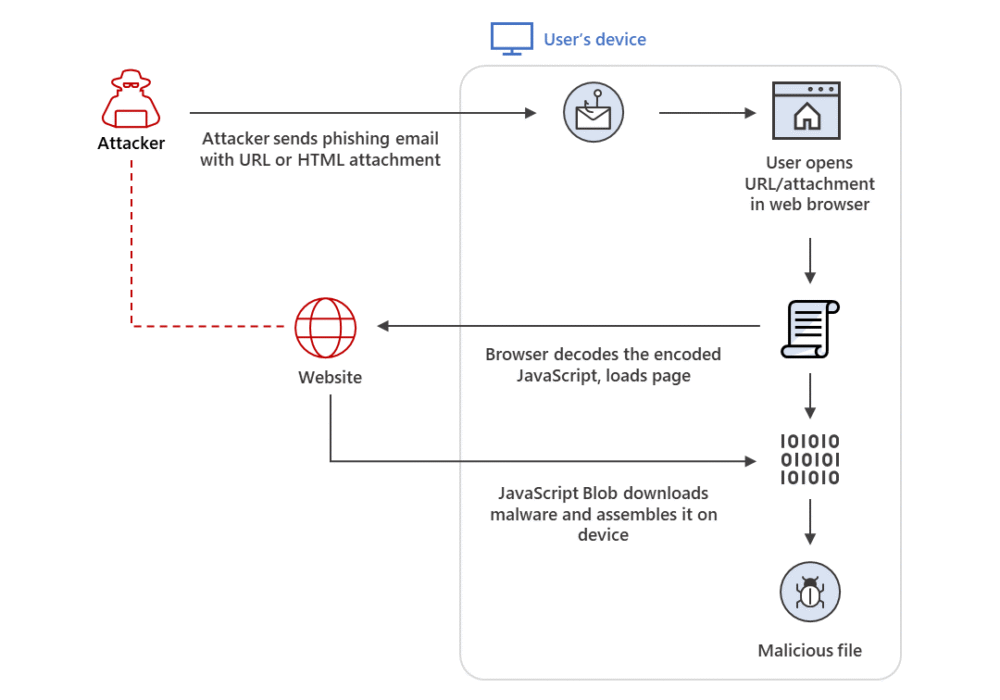
Secure your business with CyberHoot Today!!! Sign Up Now HTML Smuggling is an evasive malware...
Read more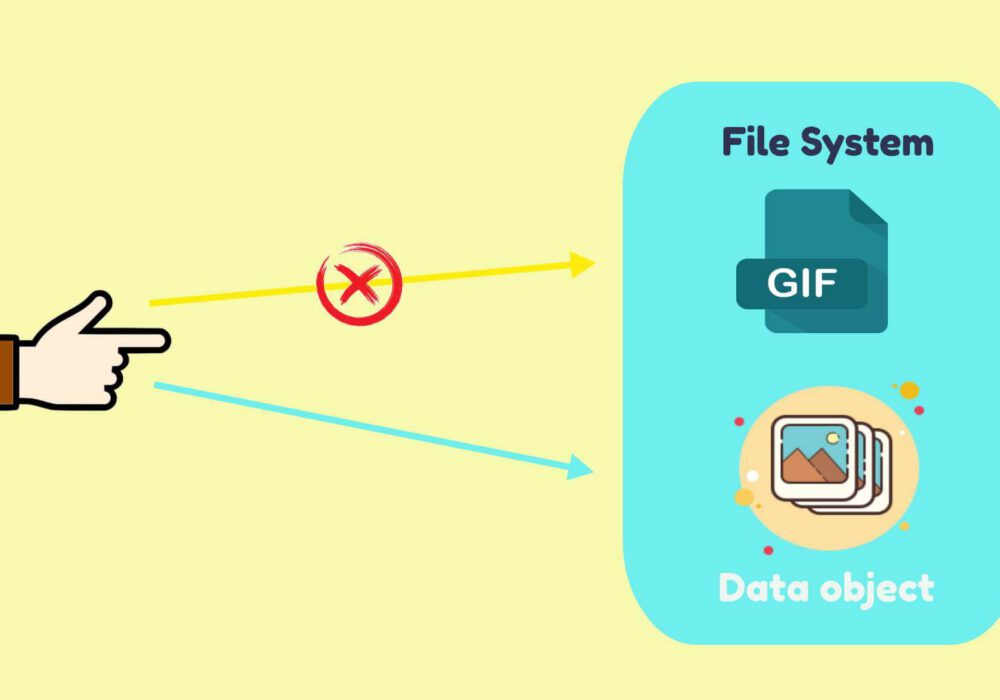
Secure your business with CyberHoot Today!!! Sign Up Now An Object Identifier (OID) is a specific,...
Read more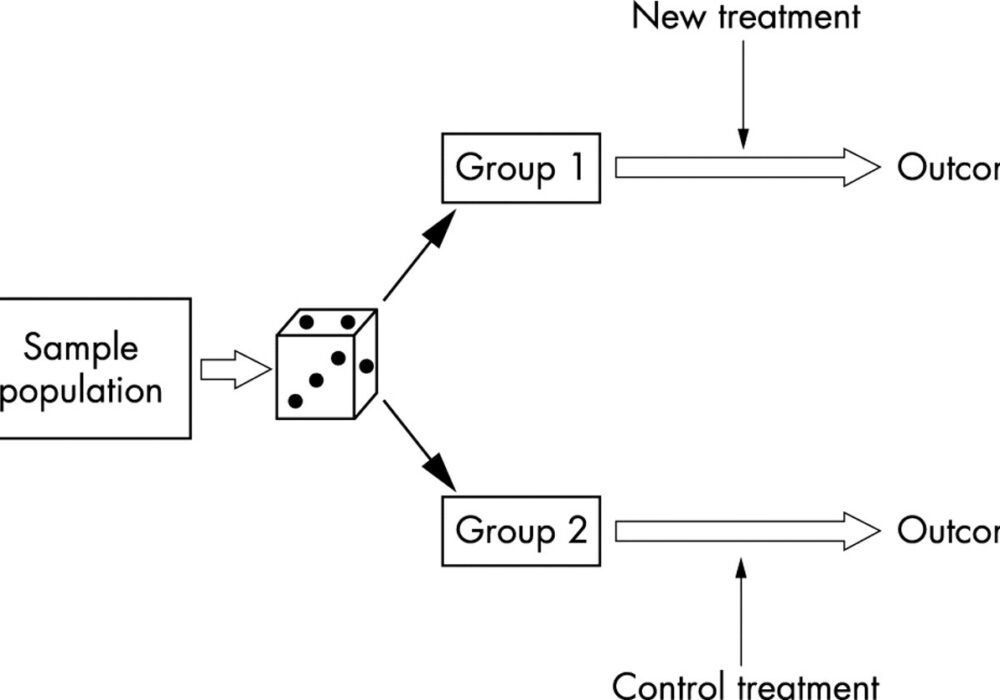
Secure your business with CyberHoot Today!!! Sign Up Now A Randomization Function is an algorithm or...
Read more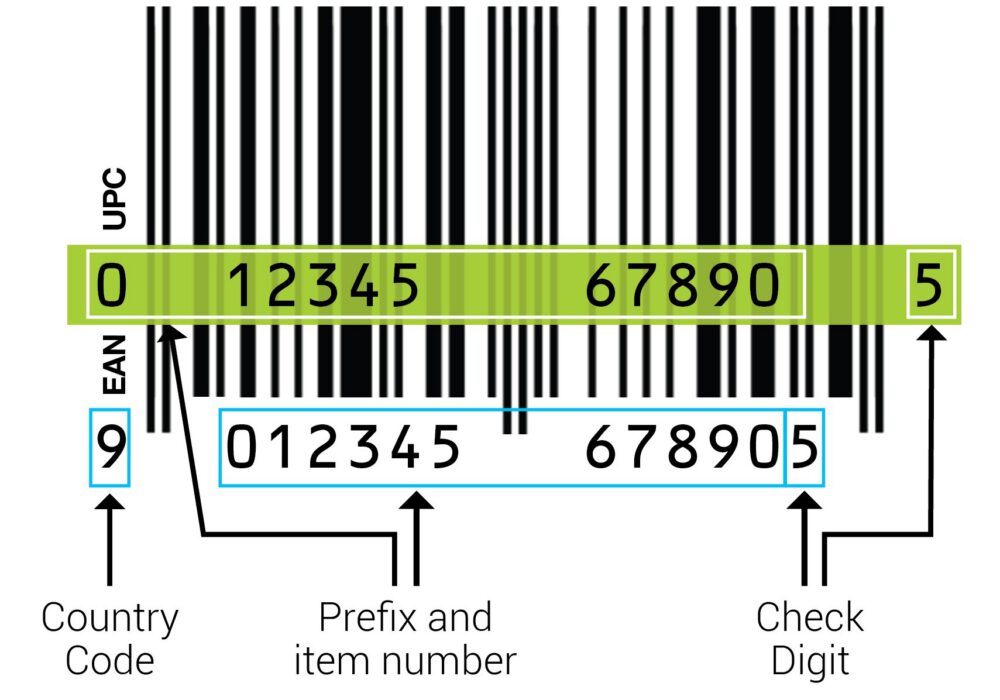
Secure your business with CyberHoot Today!!! Sign Up Now A Check Digit is a digit added to a string...
Read more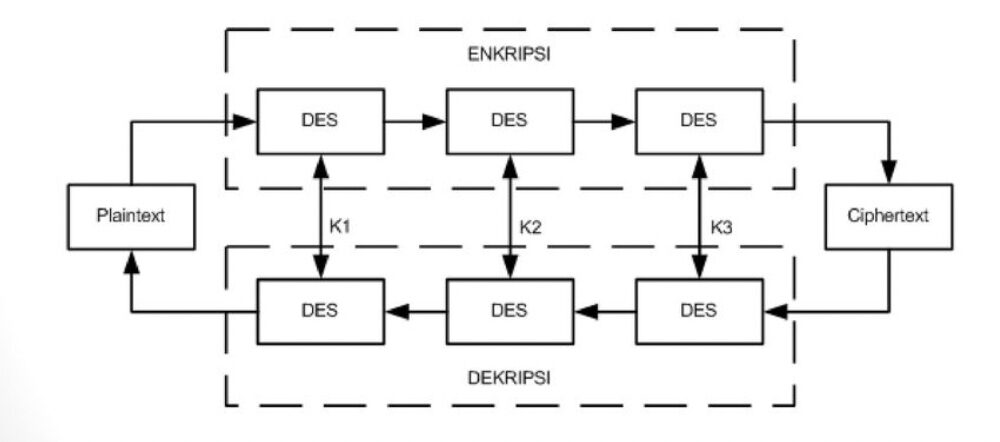
Secure your business with CyberHoot Today!!! Sign Up Now 3DES Encryption, also known as Triple Data...
Read more
Secure your business with CyberHoot Today!!! Sign Up Now Assembly Language is the most basic...
Read more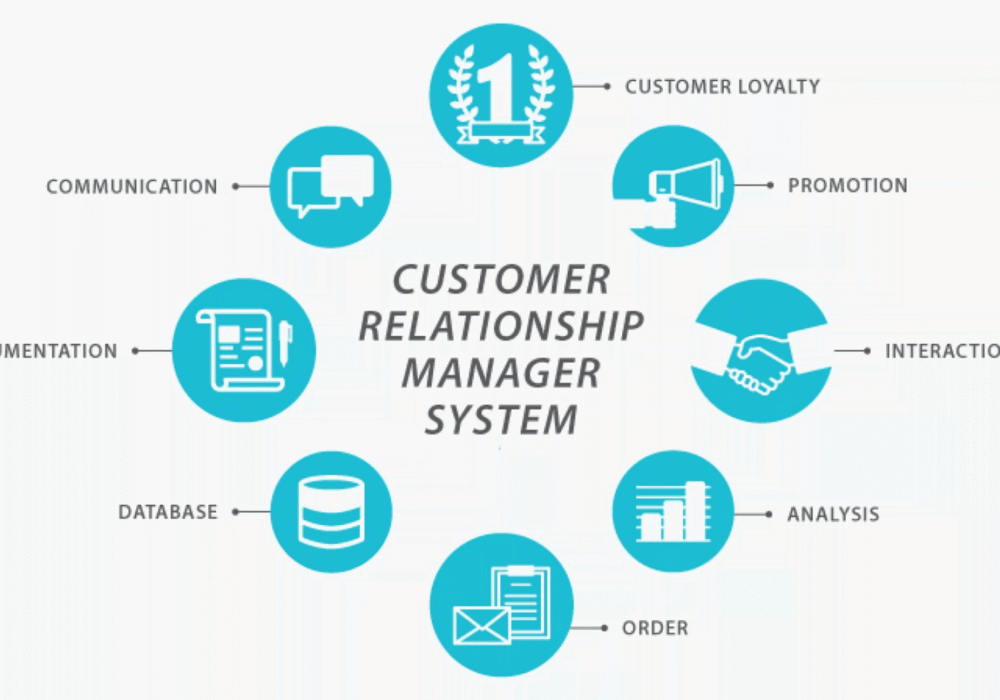
Secure your business with CyberHoot Today!!! Sign Up Now Customer Relationship Management (CRM) is a...
Read more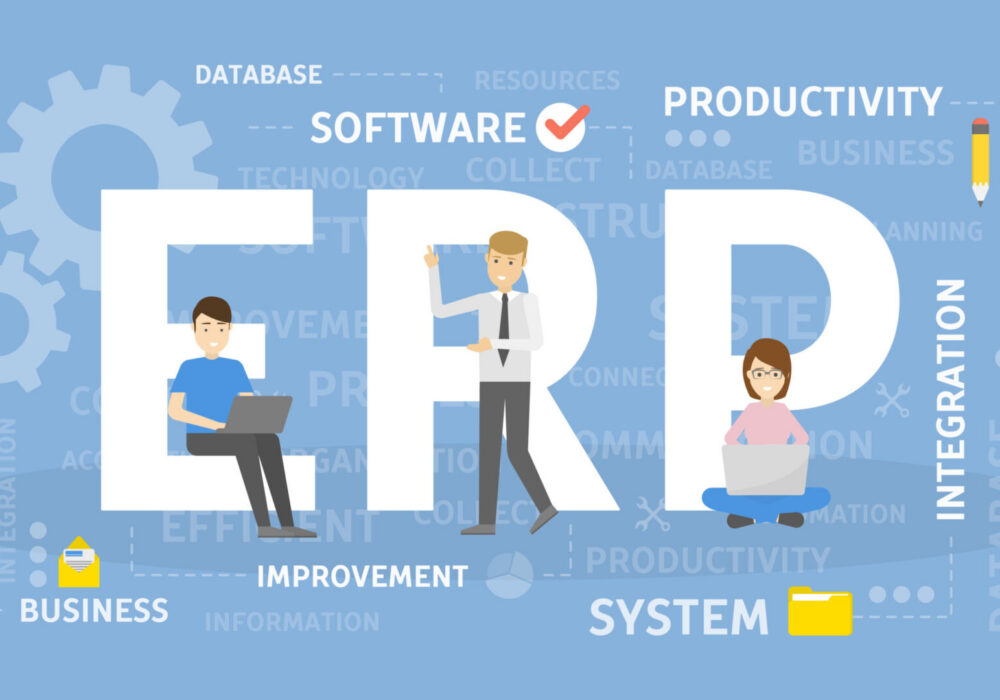
Secure your business with CyberHoot Today!!! Sign Up Now Enterprise Resource Planning (ERP) is a...
Read more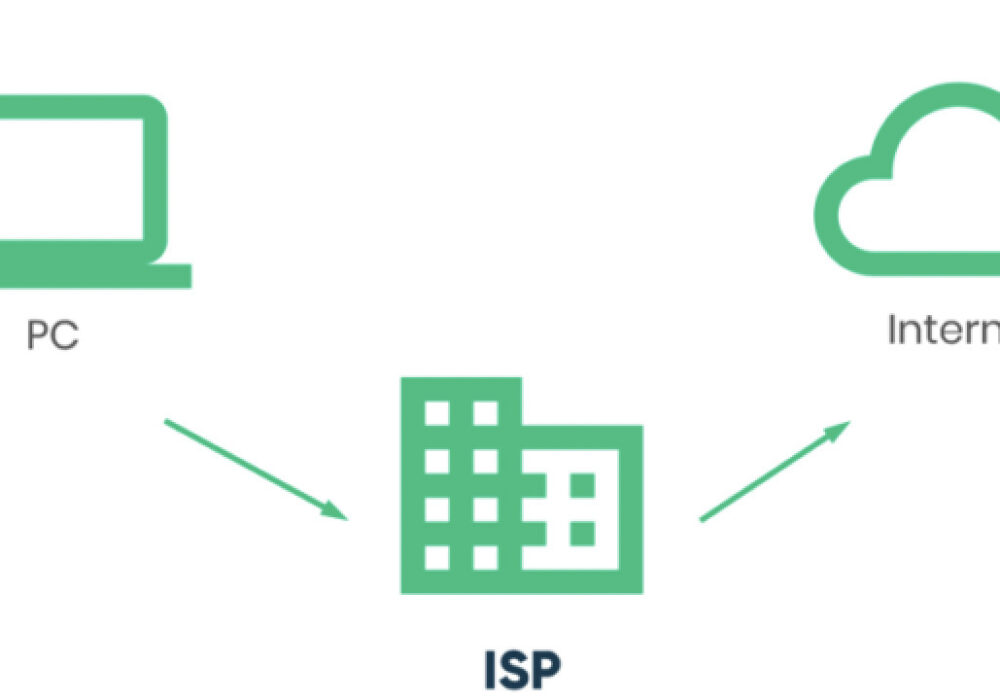
Secure your business with CyberHoot Today!!! Sign Up Now An Internet...
Read more
Secure your business with CyberHoot Today!!! Sign Up Now An Emergency Data Request (EDR) is a...
Read moreGet sharper eyes on human risks, with the positive approach that beats traditional phish testing.
